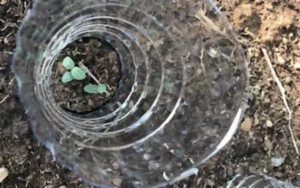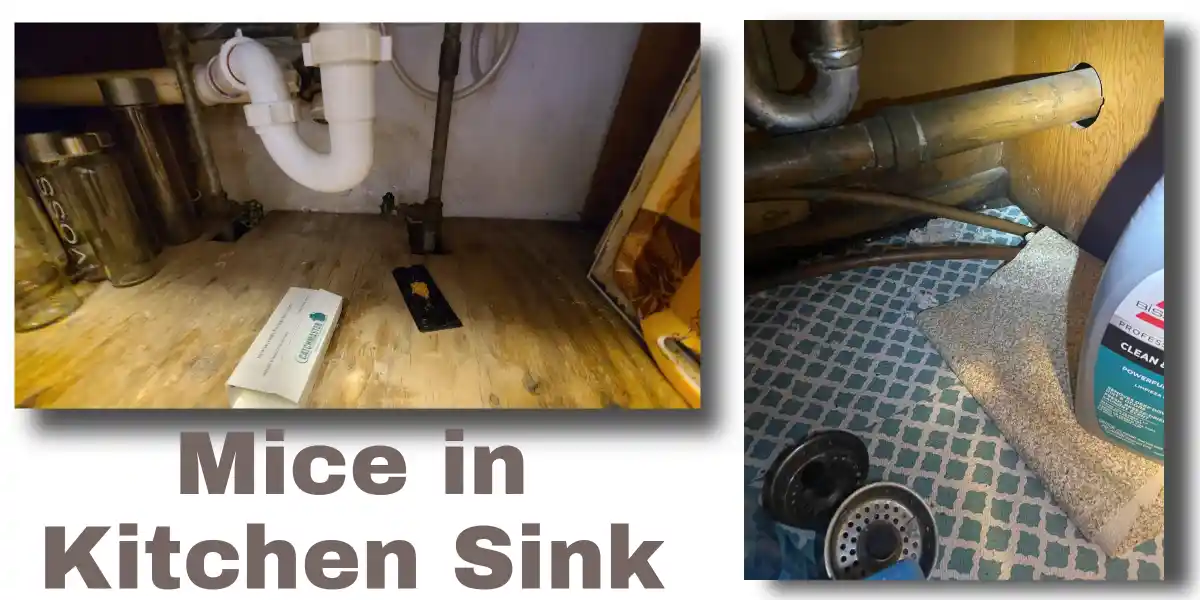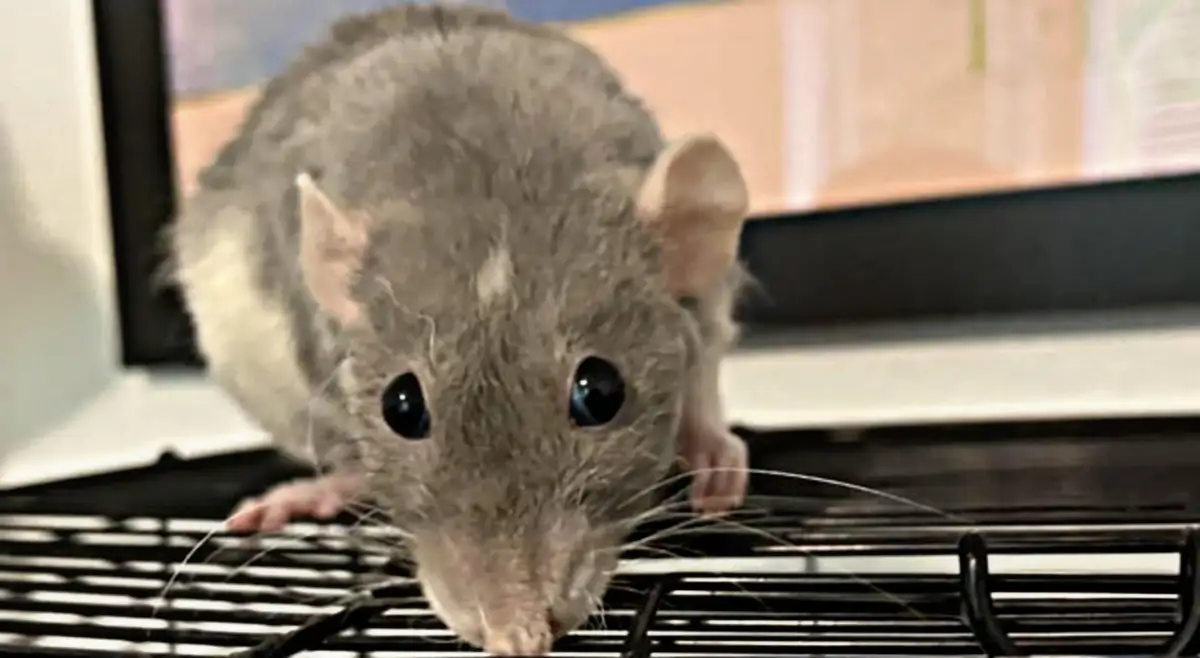Field mice can be a problem to address when cultivating beans, peas, and various other vegetable crops. Alongside other animals like grey squirrels, and shrews, field mice will eat up seedlings, thereby damaging potential garden produce. Thus, you need to know how to stop mice eating seedlings to safeguard your garden’s productivity.
You may not be able to completely eradicate mice from your garden or allotment. Perhaps, you should not even desire to do so. Although repulsive, field mice play a vital role in the food chain. Owls or foxes would need them for food or starve in their presence. Nevertheless, you want to take measures to prevent mice from damaging your seedlings. Larger seeds such as squash, broad beans, and sweetcorn are particularly enticing to them during the spring season. Even grey squirrels have a fondness for bulbs, although they often forget where they stash them, but “it’s not clear whether these are truly forgotten or simply abandoned in favor of those that are easier to recover,” Britannica.¹
How to stop mice eating seedlings
Considering that mice play a natural role in your garden, setting up kill traps or placing poisons is not an option. Moreover, such control methods expose non-target wild animals in your garden. That said, follow the methods below to stop mice eating seedlings:
1. Protect the seedlings with plastic water bottles
Remove the top portion of the bottle, leaving a wider opening than just the spout. Ensure that enough inward-facing plastic remains to maintain its strength. Now, remove the entire base of the bottle and carefully create a jagged edge with scissors for easy placement over your seedlings.


You can plant your seedlings in straw bales to make it easier to insert the open end of the plastic bottle base into the compost surrounding the plant. The straw bales also provide a convenient and supportive environment for securing the bottle in place.
Submerge the base of the bottle approximately 1 or 2 inches into the soil to stop mice eating seedlings before they have a chance to germinate. This method is particularly useful when directly sowing seeds into the ground.
This method works in two ways. Firstly, the slippery surface of the plastic prevents mice from climbing up. Secondly, it acts as a deterrent, discouraging casual nibbling of the shoots by mice. Honestly, if mice are truly determined to feast on your seedlings, they could potentially climb the supporting canes or the wire mesh inside where they could eventually dig themselves out.
An additional advantage of growing seedlings in plastic bottles is their ability to shield the young plants from harsh weather conditions, especially during early spring when snow and sleet showers can have a devastating impact on tender plants. The plastic bottle enclosure also works as a miniature greenhouse, creating a slightly elevated temperature within. As a result, your seedling quickly extends upwards, reaching out of the top and effortlessly climbing the supporting framework.
2. Dip seeds and bulbs in methylated spirits
One traditional remedy involves dipping seeds and bulbs in methylated spirits, which supposedly renders them unappealing to mice. However, this method raises doubts about its impact on the well-being of the seeds and soil.
3. Grow the spikiest holly branches available

Another technique involves harvesting the spikiest holly branches available, allowing them to dry, and strategically placing them as a deterrent around your vulnerable seedlings. Keep the holly from being blown away by securing it by cutting it into 10 cm sections with enough stem to insert into the ground.
Dry holly branches tend to have better deterrent qualities compared to fresh ones, as the prickly tips are unpleasant for field mice. However, this method can make weeding amidst the holly quite unpleasant. Once the seeds or bulbs have sprouted, remove the holly since mice are less interested in emerging green shoots. You can retain the holly clippings for future use since they have a long lifespan.
For pots and containers, crafting a cover using chicken wire or fine-mesh netting will discourage any mice-digging activities. Once the seedlings grow, remove the cover.
Alternatively, you can grow mint, which is thought to be off-putting to mice. Grow them in areas where mice tend to nest, such as near the compost heap or alongside the shed.
4. Place mothballs near the seedlings
Mothballs can be effective when placed in the greenhouse. However, if you find it necessary to use traps for field mice, humane traps are preferable to snap traps. Nevertheless, be cautious because dealing with an agitated mouse can be quite challenging, and you have to release captured mice at least 2 miles away from your property.²
5. Disrupt the burrows in your garden
Mice are cautious creatures and can be deterred by disrupting their burrows and nests near your garden. If you come across a “mice run” or find their hole, insert an object (such as a brick, bunched-up chicken wire, mint, or a bucket of water) into it, and repeating this action regularly can help discourage them.
Also, a dry and warm compost heap is an appealing residence for mice. Make sure to regularly turn it over and thoroughly moisten it with water if you suspect mice taking up residence.
6. Secure the garden with netting

Consider plastic netting, a cost-effective and convenient method to stop mice eating seedlings. However, there is a drawback to this approach: it inadvertently shelters certain insects, like grasshoppers, from their natural predators.
When it comes to alternatives, you have two main options: poultry netting or hardware cloth. These two options are easier to attach to a wooden frame. You can easily fasten them using a staple gun or tack hammer, instead of struggling with attaching the sharp metal mesh to a PVC frame using zip ties.
Get another adult to assist you. You can unroll it on your driveway with one person holding it down as the other person cuts it using wire cutters. To keep the pieces in place, use bricks or rocks. You could also fold the sections backward and flatten them by stepping on them in your driveway.
When it comes to the door, it’s best to have one that’s on hinges and swings outwards rather than pushing inwards. Hinges are ideally suited for a wooden frame.
Do note that mice can chew through plastic netting or even ordinary chicken wire.³ You can use galvanized steel wire to prevent this from happening.
Read also: how to keep mice off plants
Resources
- “Discover whether squirrels forget where they bury half of their food.” Britannica
- “How to Use Catch & Release Mouse Traps.” Victor Pest
- “Keep Mice & Rats Away from Your Chicken Coop.” EarthKind






